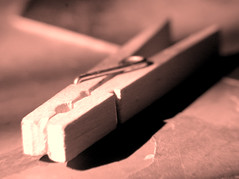So I currently have a red head and a blondie in my possession which both produce a yellow kind of light. I'm filming a night time kind of shot and want the lights to be more of a blue colour as I've been told blue light on the background reduces grain. Not to mention that the scene looks too yellow even when I've desaturated in camera.
I was wondering if it were dangerous to put some blue cellophane over the light (obviously not physically touching the light) to make it closer to the colour I want? The lights heat up quite a bit so I wasn't really sure.
EDIT: I've had a look around google and some people have suggested it before, but they're using examples of just work lights which aren't quite as powerful as the ones I have I don't think
I was wondering if it were dangerous to put some blue cellophane over the light (obviously not physically touching the light) to make it closer to the colour I want? The lights heat up quite a bit so I wasn't really sure.
EDIT: I've had a look around google and some people have suggested it before, but they're using examples of just work lights which aren't quite as powerful as the ones I have I don't think
Last edited:



 what types of light bulb are those?
what types of light bulb are those?


 At my day job we have same abbreviation CTB that stands for "common to blue". Yes, colour temp blue
At my day job we have same abbreviation CTB that stands for "common to blue". Yes, colour temp blue 